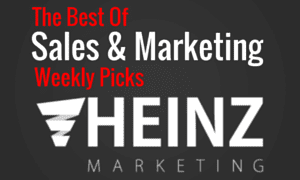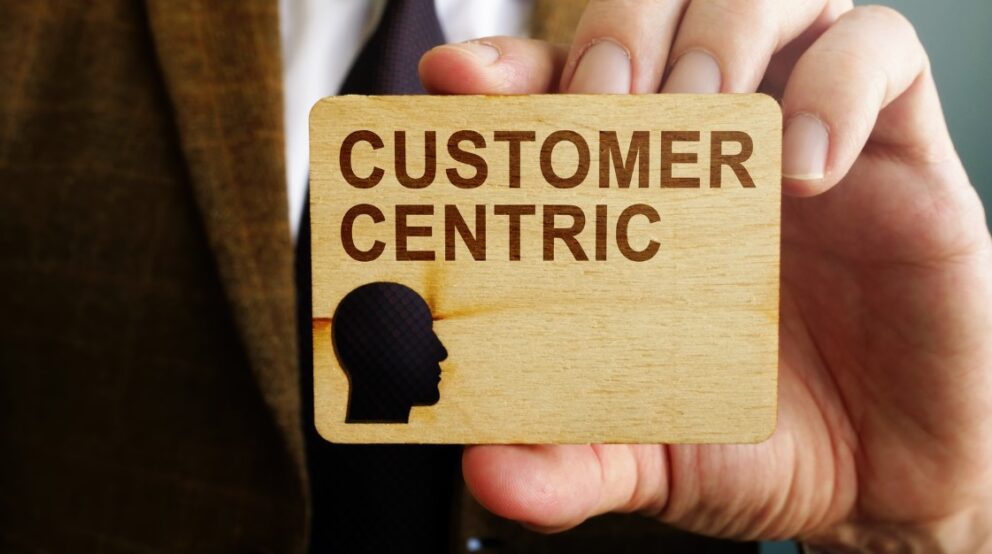Getting HubSpot Inbound Marketing Certified – My 6 Key Learnings

By Brittany Lieu, Marketing Consultant at Heinz Marketing
New to the realm of inbound marketing or in need of a refresher? In my journey to forming the foundation of my marketing know-how, I’ve dedicated time to accomplishing the HubSpot Inbound Marketing certification. After completing the course, here are 6 key concepts I’ve learned from each of the topics covered.
Inbound Marketing Fundamentals: Marketer or sage advisor in your customer’s hero journey?
What is your purpose in an inbound marketing approach?
Our role as marketers in our customers’ quest to achieve their goals is the guiding expert. In attracting, engaging and delighting customers, an effective inbound marketing strategy allows prospects to place trust in our hands and forge long-term one-to-one relationships primed for growth. How do we offer guidance and education of value? Content with context.
Planning a Long-Term Content Strategy: Inbound can’t exist without context
Inbound marketing = Content + Context
Once you’ve mapped out who you’re trying to reach by identifying relevant buying personas, their buyer’s journey, you can focus on content. Create remarkable and tailored content pieces through content marketing.
What is content marketing? “Content marketing is the art of communicating with your prospects without having to sell to them” (HubSpot) Rather than serve as a direct selling pitch, your marketing strategy allows you to create and distribute blogs, infographics, videos, e-books, webinars, and other interactive tools to establish your company as a reliable partner in business to your clearly defined prospect.
Creating a Blog Post: Blog post can strategically promote related offers
Blogging has come a long way since its introduction as a web-based personal journal of sorts. Blogs focused on industry topics lay at the center of inbound marketing strategy. Thoughtfully written blogs will allow you to stand out as industry thought leaders and trustworthy sources of information in the minds of your readers.
The keys to creating a successful blog:
- Pick a topic that resonates with or aims to answer the questions and problems your prospect may be searching the answer to
- Be strategic about picking a blog title without “keyword stuffing”
- Build a long-term blogging strategy by creating a collection of topics that supports a specific conversion
- Add that CTA button without disrupting the user experience
Understanding Conversion Strategy: Conversion Data Helps You Monitor the Health of Your Strategy
A conversion is the moment a website visitor takes a desired action. Why are conversions important? In addition to helping you better understand potential leads, opportunities and existing customers who have engaged with your content, conversions provide tangible data points on the health of your inbound strategy.
How do you grow conversions? With the help of conversion paths. Guide website visitors as they interact with content on your site with a conversion path or a charted course that begins with an attractive element that captures their attention and ends with completed end goal action (i.e. filling out a form, scheduling a meeting, etc.).
Understanding Lead Nurturing: Each Lead In Your Nurture Needs to Be Nurtured in a Targeted Way
It takes about 6-8 touches to generate a viable sales lead. Lead nurture allows you to meet the buyer where they are in their buying journey and establish trust in a helpful, human and holistic way. Marketers lean on marketing automation tools to accomplish this in a timely and effective manner. In fact, “the odds of an inbound lead becoming qualified are 21x greater when they’re contacted within 5 minutes vs. 30 minutes.” (HubSpot)
Here are 5 steps to creating an effective lead nurture campaign:
- Set goals, determine what you want to accomplish
- Select personas, choose the contacts that will be going through your lead nurture campaign
- Create content, repurpose or create new valuable offers
- Identify the timeline, “75% of leads buy within 18-24 months” (HubSpot)
- Measure and improve, adapt your campaign based on the data
Aligning Your Marketing With Sales: Marketing and Sales Alignment is a 2-Way Agreement
We hear it all the time. Marketing and sales alignment is crucial to effectively moving leads through their buyer’s journey. Alignment is necessary in many areas including an agreed upon set of definitions, including how a sales-ready lead is defined and contact lifecycle stages, and a service-level agreement (SLA) between the two teams. To dive deeper, check out our Sales and Marketing Alignment Playbook.
Inbound marketing is an expansive strategy type that involves a lot of moving parts. As we become better marketers, I hope my key learnings help solidify what you may already know about inbound and maybe inspire you to continue your own professional development journey.






